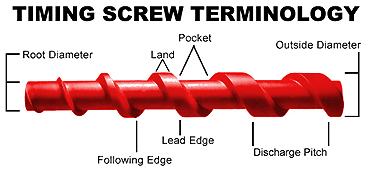Dale:
Here's where the problem is with your thinking:
1. In order to install the drywall with nails, you need to hammer the nail head to just below the drywall surface so that you can cover that nail head with drywall joint compound. So, if you ever did want to remove that drywall, getting something under the head of the nail to pry it out is going to wreck your drywall anyway. What you're saying would make only a little more sense if you were wanting to use smooth shank nails, but you'd probably wreck the drywall getting anything under those nail heads too.
2. Ring shank nails are a SOB to pull out. You will curse the day you put them in. Using ring shank nails to hold drywall in place is kinda like using a triple box knot to tie your shoe laces. It won't keep them from coming off when you don't want them to as much as it will prevent you from taking them off when you do want to. You're gaining little and losing much. About the only place where a sane person would use ring shank nails is to hold their roof down if they live in tornado alley. I'm exagerating, but in my opinion, most people create more problems for themselves when they use ring shank nails without first educating themselves by first hand experience what a pain they are to take out.
(That thing about people creating problems for themselves also applies to adhesives. Never us a stronger adhesive than you need to avoid problems with the glue holding. Doing so will only make your life harder if and when you want to separate what you stuck together.)
3. By contrast, drywall screws can be taken out easily with minimal damage to the drywall. Also, there is much less chance of having to redo a pile of work because the hammer missed the nail and now you have the cutest round hole in your drywall for storing things, like a cork, maybe.
4. And, you can drive drywall screws without buying an expensive drywall gun. Go to your local hardware store or home center and buy an attachment for an electric drill called a "Dimpler". It's a $10 attachment that allows you to drive drywall screws to the correct depth. They last a long time, and you should be able to put up all the drywall in your house with one of them.
You don't need to know the rest:
Drywall screws are considered to be "very low root" screws, which means that the root diameter of the screw is very small. Imagine the red thing in the image below looked like a screw:
The "root diameter" is the diameter of the solid shaft through the middle of the screw. (The major diameter is the apparant diameter of the screw when you look straight on at it's pointy end.) Unlike wood screws, drywall screws are designed to be driven into wood without any predrilling, and keeping the screw's root diameter to a minimum allows the screw to go in easily with little or no splitting of the wood around the screw.
Also, when drilling into softwood, choose the drill bit to predrill the pilot hole that has the same diameter as the screw root diameter, or the next larger size drill bit. When drilling into hardwood, choose the drill bit with the same diameter as the screw root diameter, or the next smaller size drill bit. By doing this, you get maximum holding power because you maximize the area of steel thread that's grabbing onto wood while minimize the amount of wood splitting immediately around the screw. Softwoods readily compress around the screw, so going to the next larger size up won't cause any splitting.





